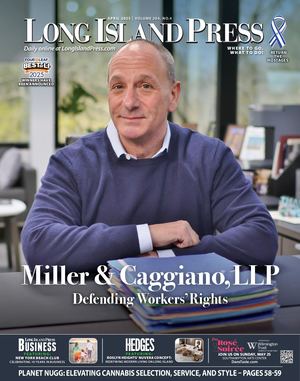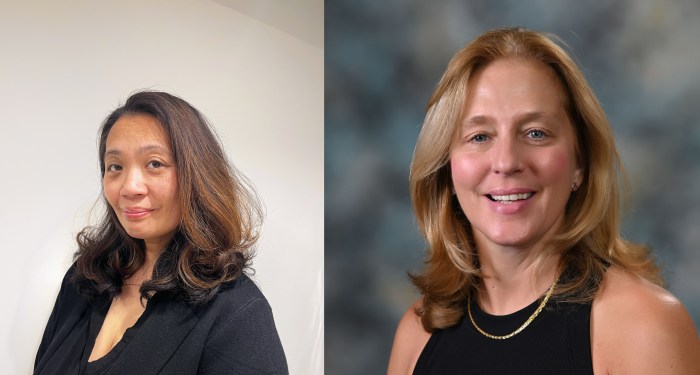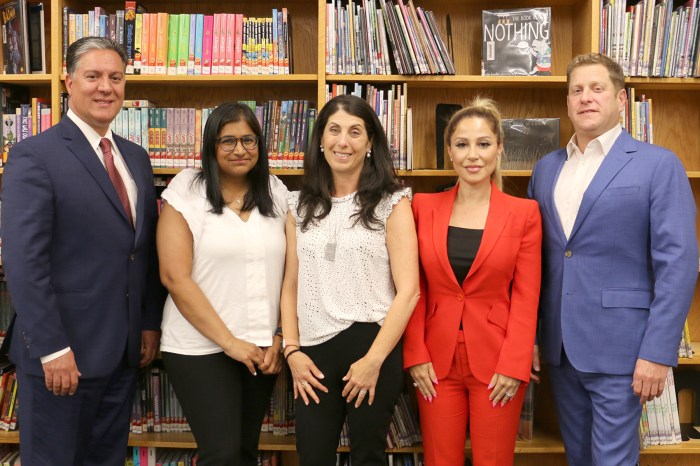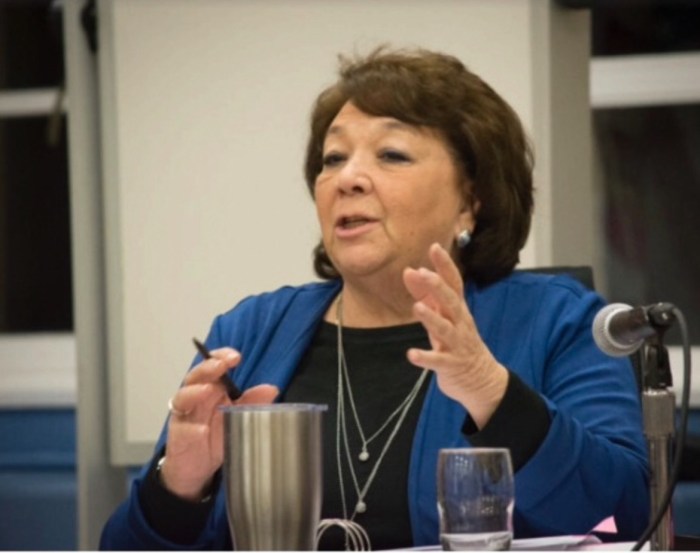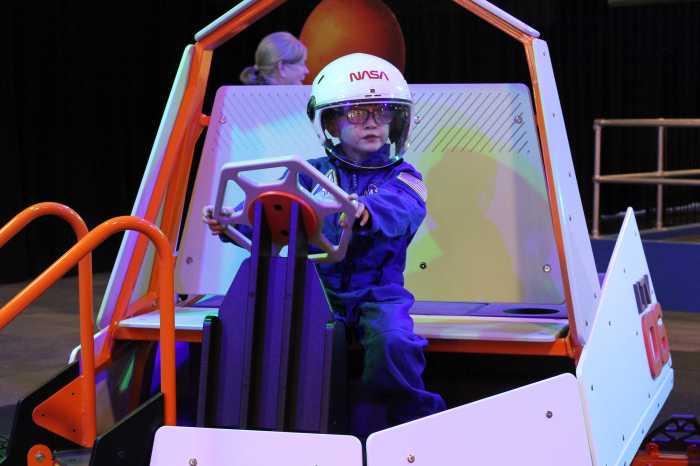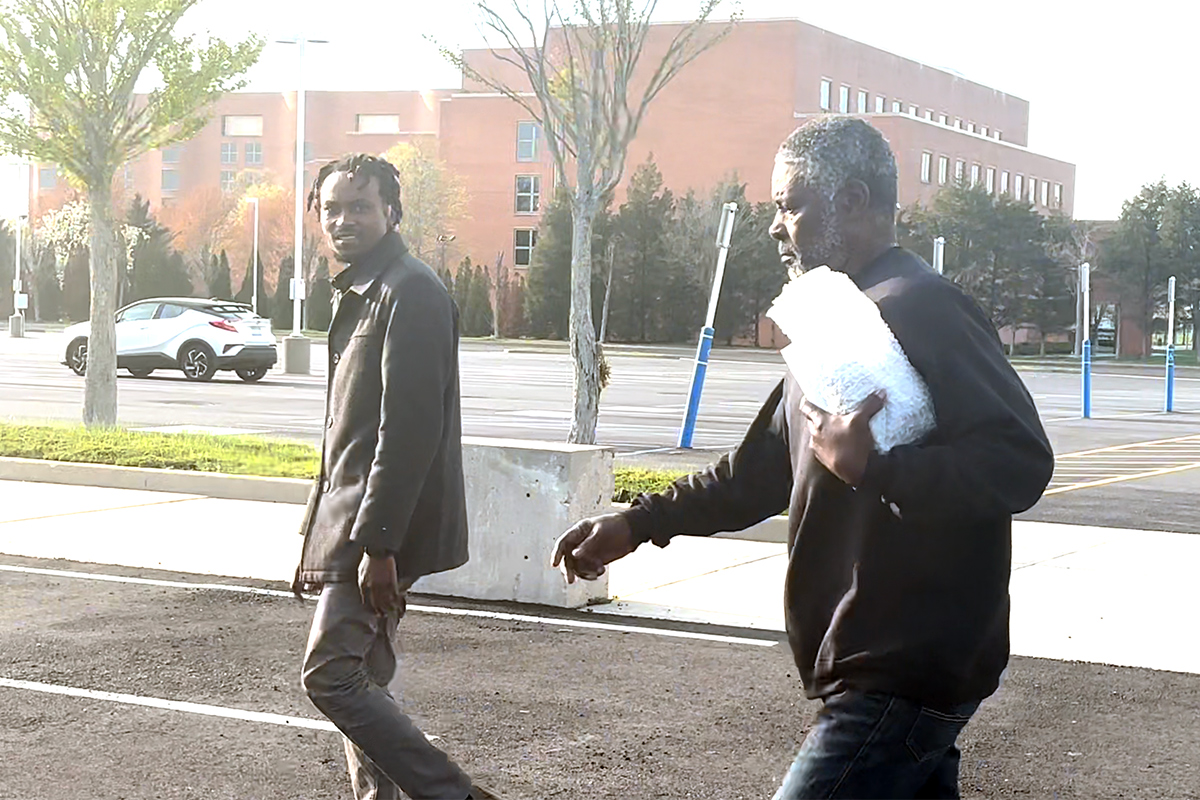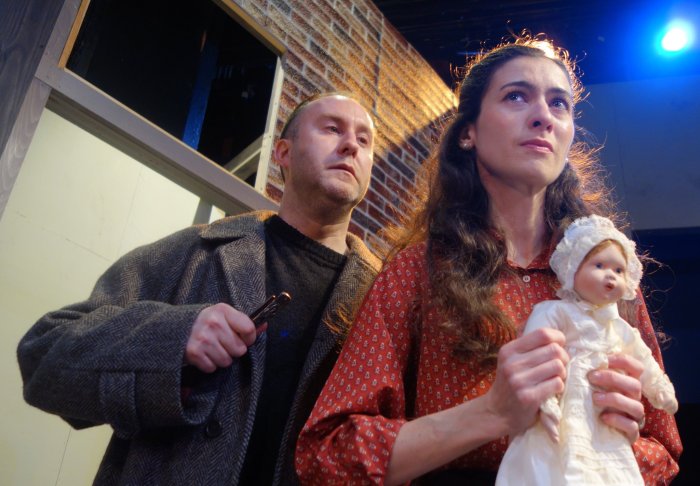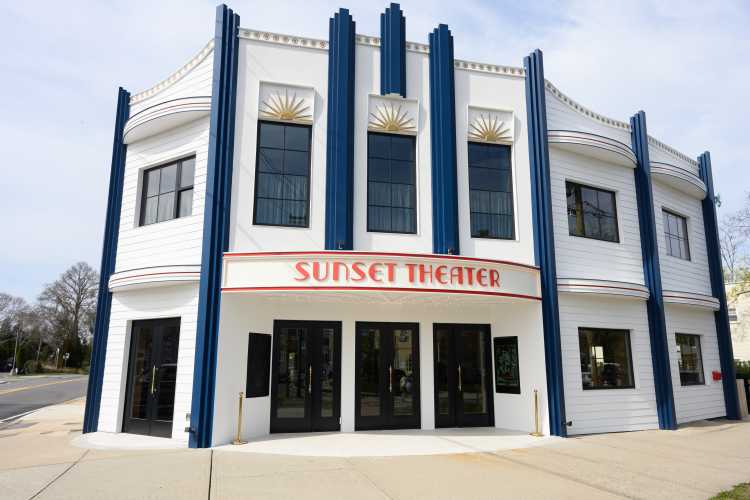
Eight Great Neck High School seniors were recognized by one of the most prestigious student competitions in the science community. On Tuesday, Dec. 15, semifinalists from this year’s Siemens Competition in Math, Science & Technology were honored at Town Hall. The winners were selected from a pool of nearly 1,800 project submissions.
Semifinalists from John L. Miller–Great Neck North High School are August Chen and Graelin Mandel, and from William A. Shine–Great Neck South High School are Annabelle Ng, Michael Shen, Sunny Shi, Robin Shum, Yujia Su and Jaysen Zhang. Science research teachers/advisors from North High are Christina Pallante, Alan Schorn and Dr. Marie van Nieuwenhuizen, and from South High are Dr. Carol Hersh and Dr. James Truglio.

“We are so proud that 25 of the 460 semifinalists call the Town of North Hempstead home,” said Supervisor Judi Bosworth. “What an amazing accomplishment! This once again reminds us of the quality of our schools in North Hempstead, and the amazing administrators, educators and students that we have.”
The 25 recipients from North Hempstead schools were honored, including two finalists, Kimberly Te and Christine Yoo from Manhasset High School, who share the $100,000 grand prize for their team project, which created microbial fuel cells designed to clean up oil spills or to provide power to developing countries by speeding up the breakdown of sediment and other matter.
Great Neck students created the following impressive entries.

August Chen, The Production of Ultra High Energy Cosmic Rays via Fermi Acceleration in Relativistic Jets
As the fastest and most energetic objects in the universe, cosmic rays (CRs) composed of mostly protons originate from supernovae and massive objects at the center of galaxies such as super massive black holes. While these origins explain the existence of standard CRs, they do not explain the recently discovered ultra-high energy variety, or ultra-high energy cosmic rays (UHECRs). However, a mechanism to accelerate ordinary CRs into UHECRs could be found in the very high speed jets of plasma emitted in the neighborhood of black holes and such objects. A computer simulation of such a mechanism was performed to find if a jet could indeed boost the energy of ordinary CRs by a sufficient amount. In doing so, a model of a jet and a virtual particle shooter were created to mimic CRs passing through a jet. After the simulation was run, some CRs reached the desired boosting, showing that jets can serve as a plausible mechanism for the creation of UHECRs.
Graelin Mandel, An fNIRS Comparison of Cross-brain Coherence During Spoken Dialogue and Text-Based Chatting
Human interpersonal communication is characterized by social behavior. Yet, an analysis of the neural mechanisms behind social interaction remains virtually unchartered territory. Only recently has a two-brain fNIRS (functional near-infrared spectroscopy) system enabled analysis of neural activation during interpersonal communication in a naturalistic setting. Such an analysis has indicated that face-to-face conversing individuals experience similarities in neural activation, and thus cross-brain coherence. However, virtually no comparison of cross-brain coherence during in-person and text-based chatting has been made. Thus, utilizing fNIRS, this experiment examined how cross-brain coherence differs when individuals are communicating in-person versus instant messaging one another. Results revealed that text-based interaction activates brain regions responsible for text interpretation, canonical language and most interestingly, high-level social coordination more highly than in-person interaction, while in-person interaction activates regions traditionally responsible for speech comprehension and action feedback. These findings suggest that digital interaction involves a more effective social interpretation neural system.
Annabelle Ng and Robin Shum, Optimization of a Photosynthetic Microbial Fuel Cell Based on Rhodospirillum Rubrum
Global dependence on fossil fuels as primary energy sources poses a potential threat to the environment. Recently, alternative energy sources have been harnessed and developed to combat climate change caused by fossil fuel combustion. In this study, the photosynthetic bacterium Rhodospirillum rubrum was used to generate bioelectricity in an economical fuel cell built with transparent PVC tubes. This fuel cell was optimized by varying the bacterial growth medium with ingredients that have been shown to enhance photosynthetic activity in R. rubrum, which helps to increase electrical output. The fuel cells successfully generated electricity, demonstrating that the photosynthetic microbial fuel cell is a viable, future alternative energy source.
Michael Shen and Sunny Shi, Creating an Applicable Antimicrobial Hydrogel Using Silver Nanoparticles
To be effective, wound and burn healing dressings must provide an appropriate environment for healing as well as prevent infection. Hydrogels are gel-like materials that can absorb and retain water for relatively long periods of time and are of current interest for potential use in dressings. In this study, chitin nanocrystals were incorporated into hydrogels to modify their properties, including the strength of the hydrogel. In addition, silver nanoparticles were added to the hydrogel matrix because of their antimicrobial properties. Four types of hydrogels with silver nanoparticles were produced, varying in the percent of chitin nanocrystals; these hydrogels absorbed and retained water and killed more than 99.9 percent of the bacteria tested. The hydrogels were made from inexpensive, nontoxic materials and show promise for use in wound dressings.
Yulia Su, TCA Contamination in Long Island Groundwater: Inflammatory and Pro-Cancer Effects Through Estrogen Signaling
Studies have shown that there is an increased incidence rate of breast cancer on Long Island, however, the causes are not known. This experiment was designed to investigate if Long Island drinking water contains chemicals that have the potential to cause this disease. Treatment of cells with chemicals isolated from water collected locally caused killing of healthy cells and enhanced cancer cell survival. From a list of basic groundwater contaminants compiled by the EPA, as well as a data map detailing the chemicals contaminating certain sites on Long Island, the chemical 1,1,1-Trichloroethane (TCA) was chosen for further study. This chemical caused the same effects in most experiments as the chemical samples isolated from water. Furthermore, we discovered that tamoxifen, a potent anti-breast cancer drug, blocked the negative effects caused by both the TCA and the chemical sample. This suggests that TCA, one of the pollutants in Long Island groundwater, may interact with the human endocrine system. Overall, this investigation provided new targets for studying the cause of the increased incidence rate of breast cancer on Long Island.
Jaysen Zhang and a student from another school, Resveratrol Derivatives as Novel Activators and Inhibitors of Sirtuin 5 (Sirt5)
Sirt5 is an enzyme that exists in many tissues of the human body. It functions as a molecular brake to control genes, and plays a role in metabolic and age-related diseases, and most importantly, cancer. Thus, control of Sirt5 activity is of potential importance in treating these diseases. Chemicals that moderate Sirt5 activity are being pursued as potential pharmaceutical agents. Resveratrol, a compound found in grapes, is able to increase Sirt5 activity but is not fully taken up in the bloodstream. Using computer modeling and enzyme studies, we tested compounds that are structurally similar to resveratrol for their ability to alter Sirt5 activity. Some compounds were more effective than resveratrol in increasing Sirt5 activity, while others inhibited Sirt5 activity. The knowledge obtained from these studies may help in developing pharmaceutical agents to increase or decrease Sirt5 activity as needed.
From more than 1,700 projects submitted in this year’s competition, 466 were selected as semifinalists. The Siemens Competition in Math, Science & Technology was established in 1999, and is one of the nation’s premiere science research competitions for high school students. Its aim is to promote excellence by encouraging students to undertake projects—working individually or in two- or three-person teams—to foster intensive research. The competition is administered by Discovery Education and funded by the Siemens Foundation.
